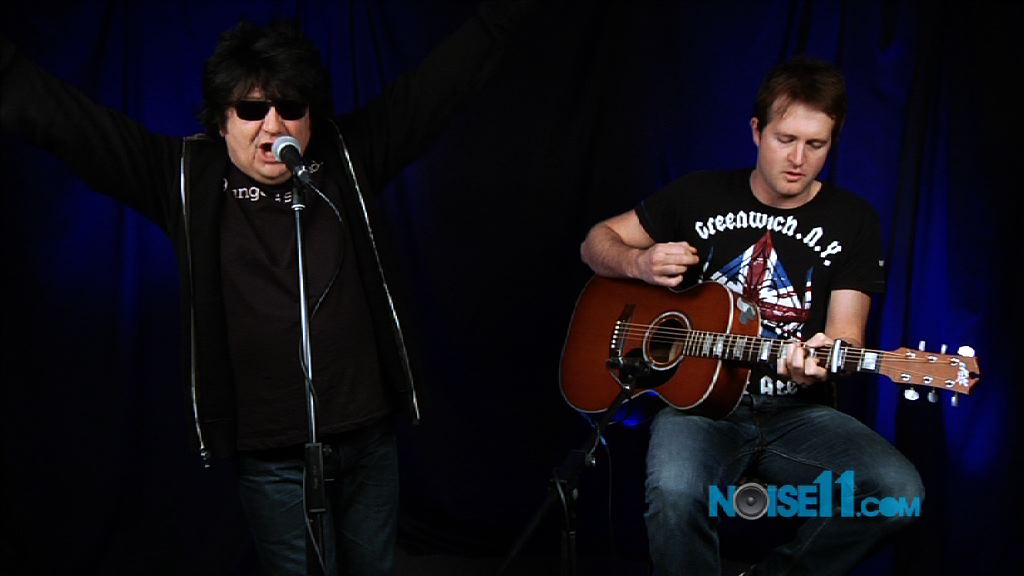Forty years ago this month, on 11 November 1985, Pete Townshend released one of the most ambitious albums of his solo career. White City: A Novel arrived at a defining point in his artistic evolution. The Who had wound down as a touring force three years earlier, and Townshend, free from the arena-sized weight of his band’s legacy, was exploring more personal and socially grounded songwriting.
Four decades later, White City: A Novel stands not merely as a product of mid-80s rock, but as a deeply human, cinematic portrait of working-class Britain. It remains a powerful reminder that Townshend’s storytelling instincts, honed on rock operas Tommy and Quadrophenia, continued to burn brightly long after The Who’s initial heyday.
Released through Atco Records and produced by Chris Thomas, the album was recorded at London’s Eel Pie and AIR studios, combining refined 80s production with sharp lyrical realism. Townshend referred to it as “a novel”, gesturing toward the literary ambition behind its structure and narrative scope. The songs create movement, conflict and character, piecing together memories of West London’s White City housing estate where Townshend spent much of his youth.
This was no nostalgic postcard. The world Townshend portrays is charged with racial tension, economic hardship and troubled youth clinging to hope in concrete corridors. It chronicles “roads leading to darkness”, young lives pushed too far and families living in tight flats with little to look forward to beyond the next week’s grind. The imagery is bleak at times, but never without compassion or defiance.
Musically, Townshend was pushing beyond straight rock forms. Give Blood opens the record with a jolt – guitar textures, rhythmic urgency and lyrics urging listeners to give more of themselves, while acknowledging sacrifice alone may not heal a broken society. His voice carries both grit and reflection, a man confronting the world he came from and the one he now saw around him.
Face The Face, a kinetic burst of brass-accented pop-rock, offered the album its most commercial moment, while Secondhand Love and Crashing By Design explore introspection and emotional weight. White City Fighting, built on music written by Pink Floyd’s David Gilmour, stands as a centrepiece, bridging two generations of British guitar visionaries. Gilmour’s searing tone cuts through Townshend’s lyrical portrait of urban unrest, a collaboration that still resonates.
The album achieved modest chart positions in the UK and US, yet connected strongly in Australia, Germany, New Zealand, Sweden and Switzerland, entering the Top 20 in each. It arrived alongside an accompanying film, White City: The Music Movie, directed by Richard Lowenstein. Starring Townshend, the 60-minute piece expanded the album’s themes for the screen and previewed Night School, later issued on reissues.
In 2025, White City plays like a time capsule and a warning. The social pressures and tensions Townshend wrote about still echo through modern cities. Yet the album also celebrates resilience, culture and energy born in places too often overlooked or dismissed. It captures life without judgement, only understanding.
Townshend once said he called it “a novel” partly as a playful jab at critics and partly because it truly felt like one. Forty years on, he was right. White City: A Novel remains one of rock’s most committed attempts to turn real streets, real struggles and real voices into musical literature.
White City: A Novel Tracklisting
Side one
Give Blood – 5:44
Brilliant Blues – 3:06
Face The Face – 5:51
Hiding Out – 3:00
Secondhand Love – 4:12
Side two
6. Crashing By Design – 3:14
7. I Am Secure – 4:00
8. White City Fighting – 4:40
9. Come To Mama – 4:40
Total length: 38:27
Stay updated with your free Noise11.com daily music news email alert. Subscribe to Noise11 Music News here
Be the first to see NOISE11.com’s newest interviews and special features on YouTube. See things first—Subscribe to Noise11 on YouTube
Follow Noise11.com on social media:
Bluesky
Facebook – Comment on the news of the day
















